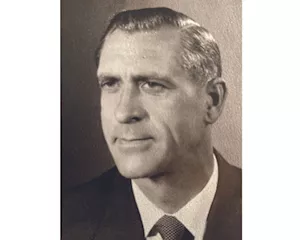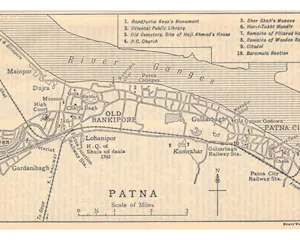Gautham Pai, group managing director of The Manipal Group has become the youngest recipient of the Lifetime Achievement Award from Mumbai Mudrak Sangh. Pai was felicitated by Subhash Desai, minister for industries, Maharashtra, during
the Printer’s Day celebration on 3 March 2015 in Mumbai.
Two days later, on 5 March, EFI organised its third India advisory council in Bengaluru, themed around Applications of Technology in Digital Printing and Packaging World. At that time, Ra
Ramu Ramanathan (RR): A Lifetime Achievement Award and half of your life still to go, what next for Gautham Pai?
Gautham Pai (GP): The Lifetime Achievement Award came to me as a surprise. It seemed like the end of my career at a time when I feel I have just started. It is a recognition for the team and the company’s achievement over the past decade.
RR: Since you joined the company in 2004, Manipal has grown in terms of the turnover, people strength, equipment investment.
GP: I was introduced to the print industry since my childhood. My father founded Manipal Power Press in 1941 and I often visited the press. I attained a print engineering degree from Manipal but did not join the print business. Instead, I ventured in the electronic design automation space and started working in the family’s media business.
RR: What was driving you through this decade?
GP: In 2002, I started spending time at the Manipal Press. At that point of time I realised two things: One, I felt that our print company did not have a focus in the last few years. This meant no significant development in infrastructure. As a result, it had slipped from the enviable position that it held, once upon a time in the Indian print industry. The second thing I realised was that there was a great potential in the organisation, in terms of the people, the customers and the reputation it had.
RR: What were your observations about print, then?
GP: I felt that sustaining operations in the pure print space would be challenging in the long term in terms of the margin that it generates. Say, if you cater to a niche segment, you have the margins but then scalability is a challenge. I realised that we need to look beyond print to build scale which would enable us to do a lot more. At Manipal, we experimented with niche markets which were profitable. But since it was not scalable, we refrained from entering such businesses.
RR: How did you move forward?
GP: We started looking at providing services and solutions to cater to the industry in a holistic manner and create value. In 2011, we rechristened Manipal Press to Manipal Technologies to represent the range of technologies deployed in its offerings. The corporate renaming was to ensure that our continued business growth is aligned to meet emerging and evolving needs of our customers across the globe and balanced with profit to create lasting impressions for the development of society. In this approach, the business is less reliant on capital allowing us to invest significantly on R&D to make value added offerings to customers for the longer term. Today, 30% of the revenue comes from solution and services segment. The goal is to bring this to a ratio of 50:50.
RR: Meaning?
GP: This means, the business will become less capital intensive and more value added, which gives us the ability to invest in long-term projects, R&D, and to experiment and make more failures.
RR: You have a massive task force at Manipal Technologies? How does one build a successful team?
GP: If I were running the business hands-on, I would not have created leaders who have grown their respective businesses to achieve market leadership. My focus is in ensuring a stimulating environment for competent and high-aspiration individuals to excel; empowering them and providing all the support required to create value. Each of our strategic business units are lead by highly capable leaders. They run their respective businesses like it’s their own.
RR: What are your team retaining strategies?
GP: In each of the silos we have very capable leaders. Additionally, in cases where we have acquired businesses, we build relationships with the people.
RR: Impressive. So what are the attrition levels?
GP: Since 2004, at the top three levels, we haven’t lost a single person. Most of the people in the organisation, at least at the leadership levels, feel that it is their business and that they are completely responsible for its growth and decision making and that they will benefit from it.














 See All
See All